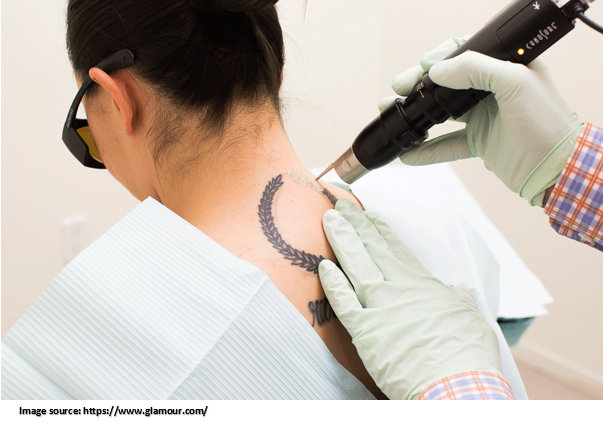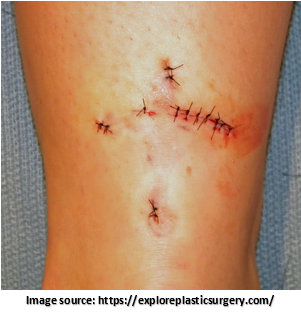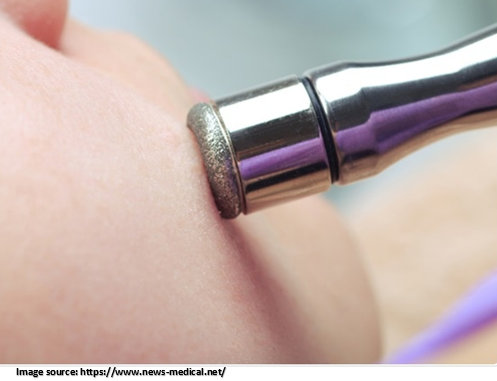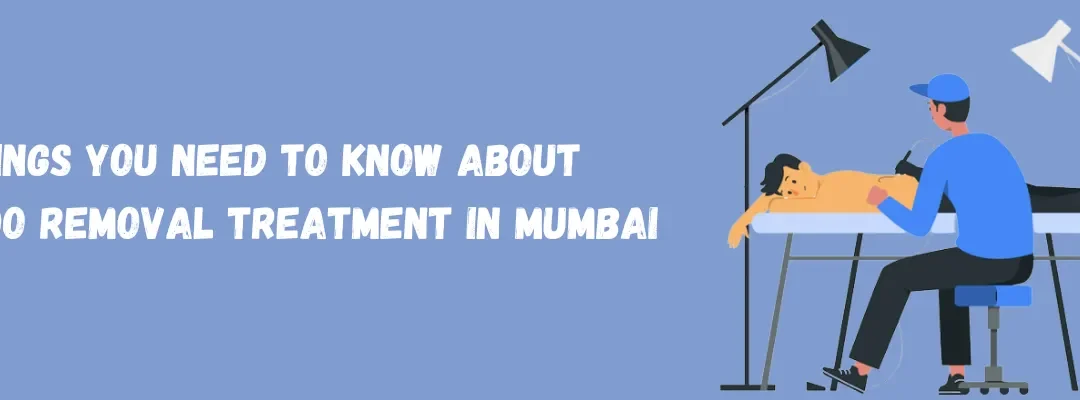The tattoo removal procedure helps eliminate unwanted tattoos on any body part. The human body can remove common small particles from the skin’s surface. The tattoo is made permanent by using much larger tattoo ink particles that are challenging for the human body to eliminate. As a result, there are only a limited number of treatment options for permanent tattoo removal, such as laser tattoo removal, dermabrasion, chemical peels, and surgical excision.

If you have decided to have your tattoo removed, consult a reputable plastic surgeon in Mumbai, like Dr. Leena Jain, to discuss your treatment options. Dr. Leena Jain is a highly experienced and skilled plastic surgeon in Borivali, Mumbai. She offers advanced and effective tattoo removal in Mumbai at an inexpensive cost.
Before making any recommendations, Dr. Leena will take into account several factors, including:
- The size and location of the tattoo
- Your medical history, including any surgeries
- Allergies and current medications or treatments
Dr. Leena Jain will select the best tattoo removal treatment for you based on these factors. For example, surgical excision is the best method for removing smaller tattoos, whereas laser treatment is the best option for certain colored inks.
Discuss everything you want to get out of your tattoo with the plastic surgeon.
Several side effects may occur after tattoo removal, including scarring, long-term skin discoloration, etc. Therefore, discuss your concerns with your surgeon and be sure to get all of your questions answered before undergoing the treatment.
Now, let’s discuss the actual,
Tattoo Removal Procedures
Since tattoo removal requires only minor surgery, the surgeon may typically begin by administering local anesthesia. Again this would depend on site and size of tattoo.
Surgical Excision

The surgeon surgically removes the tattooed skin and sutures the wounds. Large tattoos, will need a skin graft to cover the wound and this option needs to be considered with a full understanding of its aesthetic results.
Laser Tattoo Removal
It is the most widely used and often safest tattoo removal method. The surgeon will advise wearing eye shielding glasses throughout the procedure to protect your eyes from intense light. Only the tattoo pigments will be affected by the laser beam’s absorption, leaving the inner layer of your skin unaffected as the laser light only penetrates the top layer of the skin.
Tattoos are broken up into smaller pieces using a high-intensity laser beam so that the body can easily remove them. The surgeon will first test how the skin reacts to various laser intensities to select the best level. The tattoo can be removed using any laser wavelength if it is black. Specific laser wavelengths can only treat particular color pigments in colored tattoo inks.

Laser tattoo removal involves several steps. To completely remove the tattoo, you may need more than 5-6 sessions. The number of sessions also depends on the tattoo’s size, color, age, and skin color. Two laser treatment sessions will be separated by a 3-4 weeks, giving your body enough time to eliminate the treated pigments.

Dermabrasion
In a dermabrasion procedure, the surgeon uses a fast-rotating instrument to remove the top layer of the skin. This will also remove the skin and the pigments from the tattoo. Typically, the device in question will have a wheel or an abrasive brush.
Given the potential for significant pain during this procedure, some surgeons may use general anesthesia. The procedure might need more than one session, depending on the size of the tattoo.
Recovery After Tattoo Removal Treatment
After all tattoo removal procedures, the affected area is wrapped in gauze or a bandage. The surgeon may prescribe some medications and advise properly caring for the treated area.
Your recovery time will vary depending on the type of procedure you had.
Surgical removal
You might need to rest for the first two days following this procedure. Only on the doctor’s advice should you take off the dressing to clean the area, apply an antibiotic cream, and redress the wound. After using the suggested antibiotic cream, you should clean your wound daily and redress it.
Depending on the method used, tattoo removal procedures may occasionally be unable to remove the tattoo entirely and may leave a permanent scar. Therefore, before you undergo a tattoo removal procedure, ensure you know all the relevant information.
Laser Tattoo Removal
An ice pack applied immediately after the procedure will help reduce the burning sensation. The surgeon will bandage the treated area after using antibiotic cream.
The wound will need to be cleaned with regular water, a prescription soap, and antibiotic cream as part of your daily care regimen.
It may take 5 to 8 days for the wound to fully heal, during which time it must be kept covered. You are allowed to use sunscreen outside during the entire laser treatment.
Dermabrasion
Following the application of the antibiotic cream, dermabrasion treatment is similar to laser tattoo removal in that you must clean the wound daily with soap and water.
Generally, a dermabrasion procedure takes 10 to 15 days to heal. Laser tattoo removal usually takes less time. Until the treated area is fully healed, it must be covered with the dressing.

